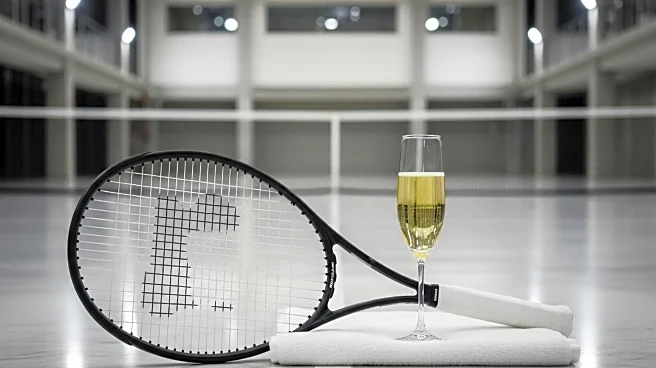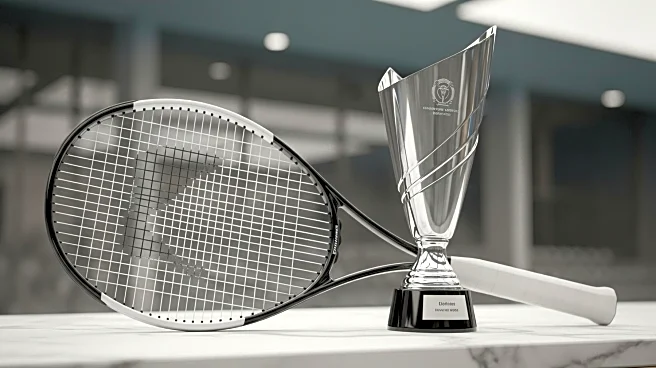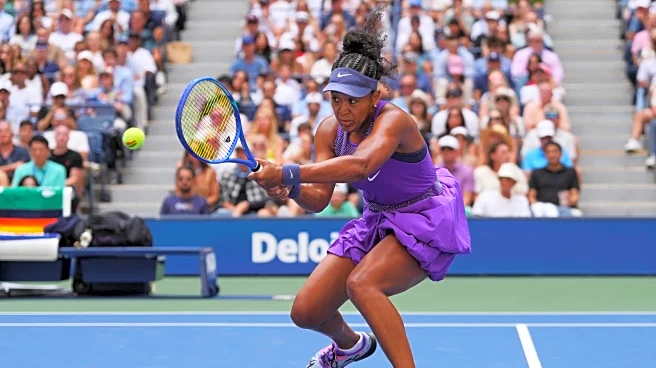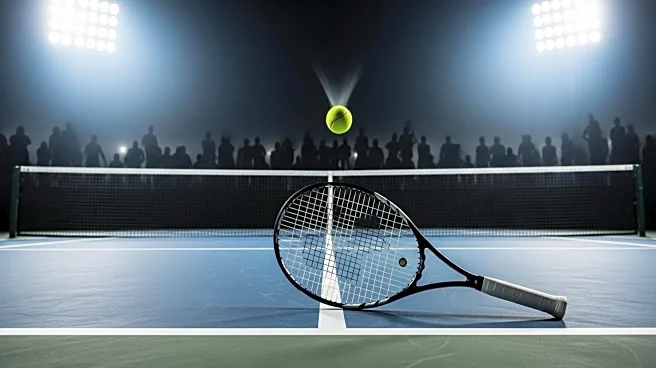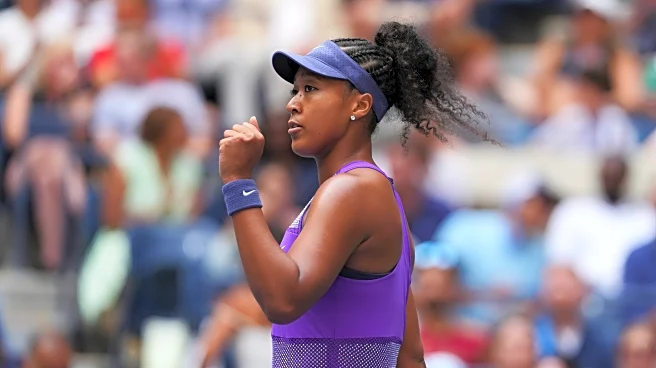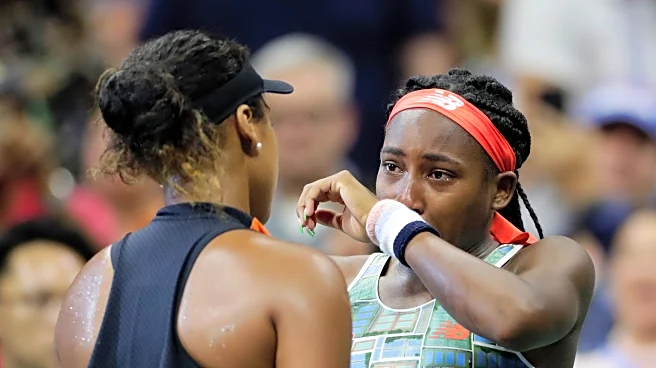What's Happening?
Arthur Ashe Stadium, home to the US Open, is undergoing a significant $800 million renovation aimed at enhancing the luxury experience for attendees. This transformation includes the addition of eight hospitality clubs, bunker lounges, and 2,000 new courtside seats. For the first time in its 25-year history, luxury hospitality suites will be located directly inside the stadium bowl, allowing fans to enjoy premium amenities without missing any tennis action. The renovation draws inspiration from other New York venues like Madison Square Garden and UBS Arena, integrating fine dining and exclusive lounges into the stadium's design. The overhaul is set to be completed by 2027, with full-tournament packages ranging from $48,000 to $120,000 already on sale.
Why It's Important?
The renovation of Arthur Ashe Stadium is significant as it aligns the US Open with other major global sporting events in terms of luxury offerings. This move is expected to attract high-profile attendees and boost the event's prestige, potentially increasing revenue through premium ticket sales and hospitality packages. The upgrade also includes improvements for all fans, such as expanded concourses, restrooms, and food options, enhancing the overall experience. The renovation reflects evolving consumer expectations for sports events, where attendees seek a combination of entertainment and luxury.
What's Next?
The renovation is scheduled for completion by 2027, with ongoing construction not affecting play in 2025 or 2026. As the new amenities are introduced, the US Open may see increased interest from corporate clients and affluent individuals seeking exclusive experiences. The stadium's capacity will remain at 24,000, but logistical challenges such as parking and traffic congestion remain. Efforts to address these issues include a new double-height garage and revamped rideshare lots, although public transport will continue to be a primary mode of access for most attendees.
Beyond the Headlines
The renovation of Arthur Ashe Stadium highlights broader trends in sports venue design, where the integration of luxury and hospitality is becoming increasingly important. This shift reflects changing consumer preferences and the growing importance of creating memorable experiences beyond the sporting event itself. The focus on premium offerings may also influence other sports venues to adopt similar strategies, potentially reshaping the landscape of sports entertainment.
